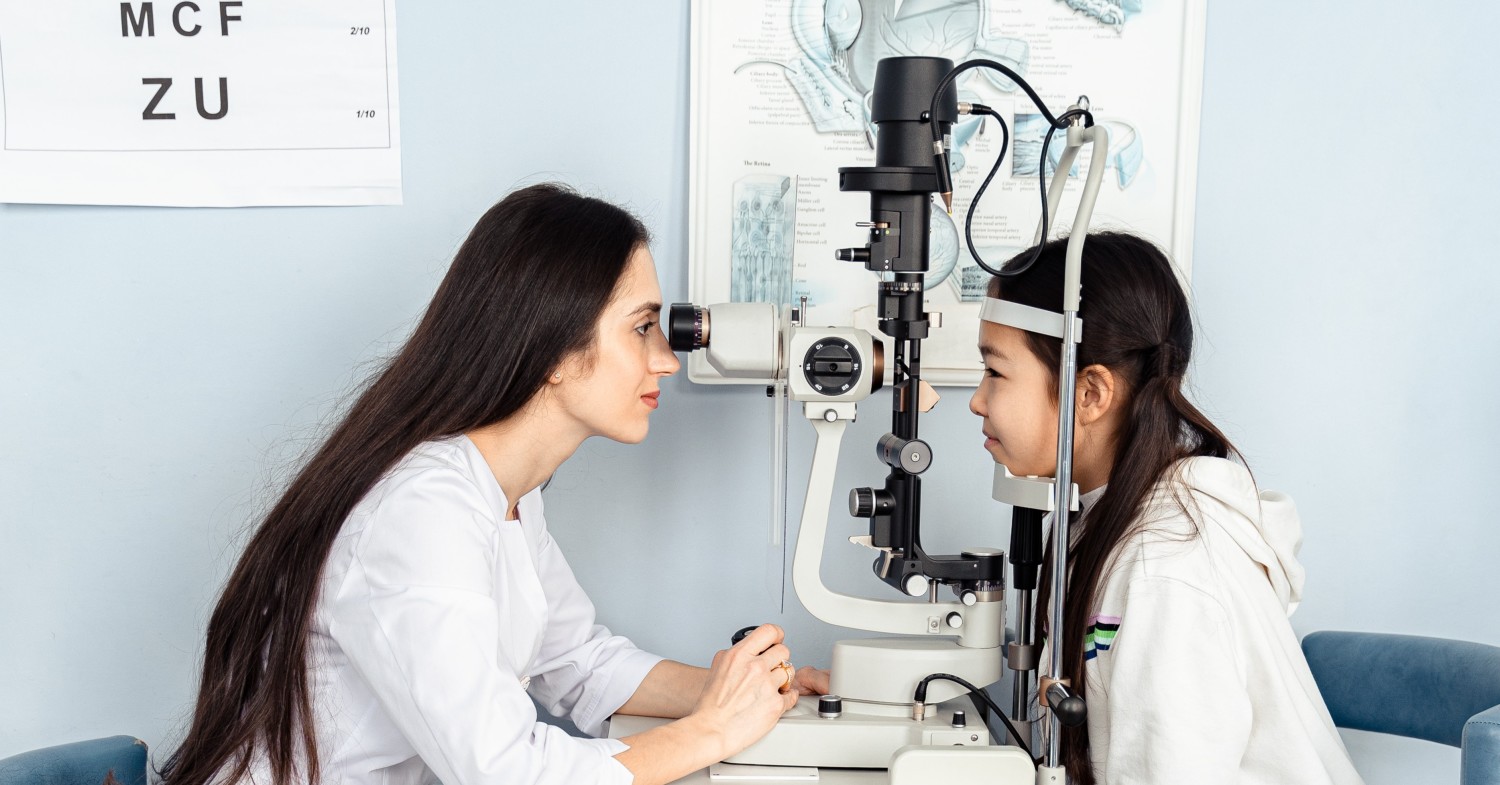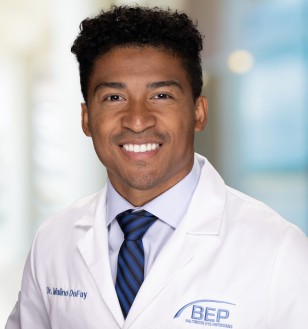Specialist Eye Doctor in Riverside: Your Vision is Our Top priority
Specialist Eye Doctor in Riverside: Your Vision is Our Top priority
Blog Article
The Comprehensive Eye Exam: What to Anticipate During Your Visit to the Eye Physician
A check out to the eye medical professional for an extensive eye examination is more than a routine exam; it is a vital action in guarding your aesthetic health and wellness. From the first conversation of your case history to the accuracy of the aesthetic skill examination, each component of the test serves a details objective. What specifically occurs during the eye health analysis, and exactly how does it affect the prescription process? Comprehending these aspects is crucial for those who desire to keep optimal vision. As we explore each component, the value of follow-up recommendations will also come to be clear.
First Consultation
The first examination during an eye test offers as a critical foundation for recognizing a person's aesthetic health demands. This stage establishes the tone for the whole examination procedure, allowing the eye doctor to collect crucial info concerning the client's case history, way of living, and details vision worries. By thoroughly examining any type of pre-existing problems, medications, or previous surgical treatments, the eye treatment specialist can tailor the examination to attend to individual needs properly.

Moreover, the initial assessment is an opportunity for people to articulate any type of concerns or questions, fostering a joint partnership with their health care service provider. This interaction not just makes sure that the individual feels informed and comfortable but also empowers them to participate actively in their eye health monitoring. Jointly, these discussions enable the eye doctor to create a customized assessment plan, making sure optimal care and precise medical diagnosis.
Aesthetic Skill Examination
Beginning the core elements of an eye exam, the visual skill test is designed to analyze the sharpness and quality of a person's vision. This important analysis aids identify how well a person can recognize letters or symbols at a standardized distance, normally using a Snellen graph (Optometrist Riverside). The graph makes up rows of letters that decrease in size inside out, with the patient positioned at a normal distance of 20 feet
During the test, the individual is asked to cover one eye and read out loud the smallest line of letters they can see clearly. This procedure is duplicated for the various other eye. The outcomes are tape-recorded as a portion, with 20/20 vision showing normal visual skill-- where the client can see at 20 feet what a person with typical vision can see at that range.
The visual acuity test likewise recognizes prospective refractive mistakes such as hyperopia, astigmatism, or myopia, which may require corrective lenses. By developing a standard of aesthetic performance, the test is an important analysis device that assists the eye treatment specialist in developing a suitable treatment plan tailored to the individual's one-of-a-kind aesthetic requirements.
Eye Health And Wellness Evaluation
Complying with the visual skill examination, a detailed eye health and wellness analysis is carried out to guarantee the overall health of the eyes. This vital segment of the eye exam entails a thorough examination of both the external and inner frameworks of the eye.
Next, focus shifts to the internal frameworks. With making use of ophthalmoscopy or fundus photography, the retina, optic nerve, and blood vessels are diligently assessed. This action is important for recognizing conditions such as retinal detachment, glaucoma, or diabetic retinopathy. In many situations, student dilation is done to enhance visibility of the internal eye frameworks, although this may lead to temporary light level of sensitivity for the patient.
Additionally, intraocular stress is gauged to evaluate for glaucoma risk. This is generally done utilizing tonometry, which can detect elevated pressure degrees that could suggest potential damage to the optic nerve. Jointly, these evaluations create a detailed evaluation to keep eye health.
Refraction and Prescription
Refraction is an advanced treatment conducted by eye treatment experts to establish the accurate lens power required to deal with refractive mistakes such as myopia, presbyopia, astigmatism, and hyperopia. The objective of this procedure is to assess just how light bends as it passes with the eye, allowing the professional to figure out whether corrective lenses are essential for improved aesthetic skill.
During the refraction procedure, the client is asked to look with a phoropter, a device that has different lenses. The practitioner will methodically change these lenses and ask the patient to contrast clarity in between choices until the very best possible vision is accomplished. This treatment is important in crafting an accurate prescription that defines the appropriate lens power recommended you read for glasses or get in touch with lenses.
The prescription originated from this treatment not only enhances vision but additionally works as a structure for selecting ideal restorative glasses. It is important to ensure that prescriptions are regularly updated, as changes in vision can happen with time, emphasizing the relevance of routine eye exams. This meticulous interest to information helps keep clear, comfy vision in day-to-day live.
Follow-Up Suggestions

During a follow-up go to, the eye physician will conduct a series of tests to evaluate aesthetic acuity and check for any changes in vision that might necessitate an upgrade to the prescription. Additionally, the follow-up provides a possibility to go over any type of discomfort or issues experienced with current glasses. Modifications can be made to guarantee convenience and effectiveness, whether more tips here through lens alteration or framework modifications.
For people with recurring conditions such as glaucoma, diabetes-related eye concerns, or macular degeneration, even more constant follow-ups may be necessary. These visits are important for managing and possibly slowing the development of eye illness. Following these suggestions can considerably contribute to preserving visual health and stopping long-term problems.
Final Thought
The extensive eye test is a crucial procedure for keeping visual wellness, encompassing an in-depth assessment of case history and vision issues. Key components include the aesthetic skill test, which reviews vision quality, and the eye health evaluation, which checks out the general condition of the eyes. Refraction tests aid identify the specific lens prescription needed for optimum vision adjustment. Follow-up suggestions give support for ongoing eye care, making sure that any kind of possible issues are attended to quickly and properly.
A visit to the eye doctor for a comprehensive eye test is even more than a regular examination; it is a crucial action in safeguarding your visual health.Kicking off the core parts of an eye examination, the visual skill examination is developed to assess the sharpness and clarity of a patient's vision.Adhering to the aesthetic skill examination, a thorough eye wellness evaluation is conducted to ensure the overall well-being of the eyes. These visits permit the eye treatment specialist to check modifications in vision, update prescriptions, and analyze the overall health of the eyes. Trick elements include the aesthetic acuity examination, which assesses eyesight clearness, and the eye health and wellness evaluation, which takes a look at the general condition of the eyes.
Report this page